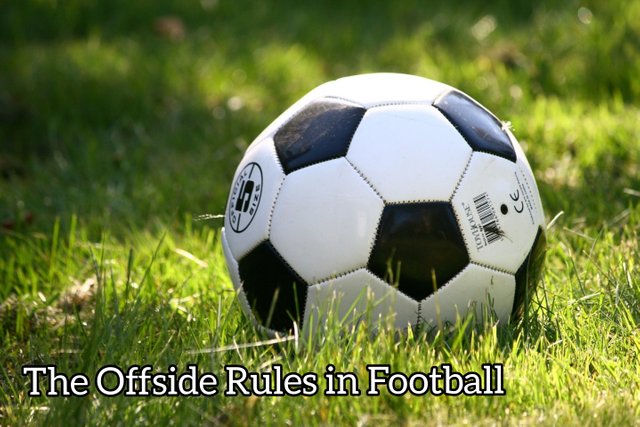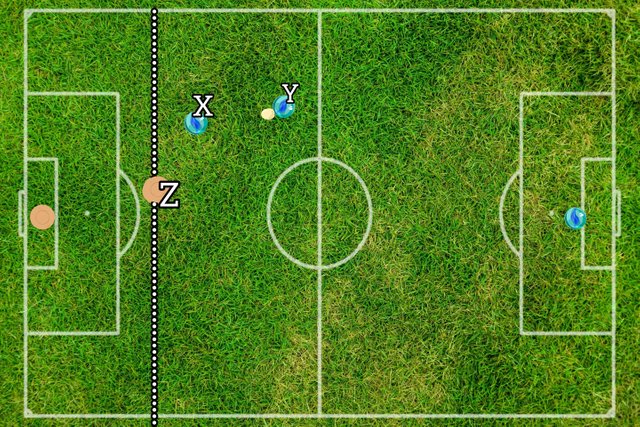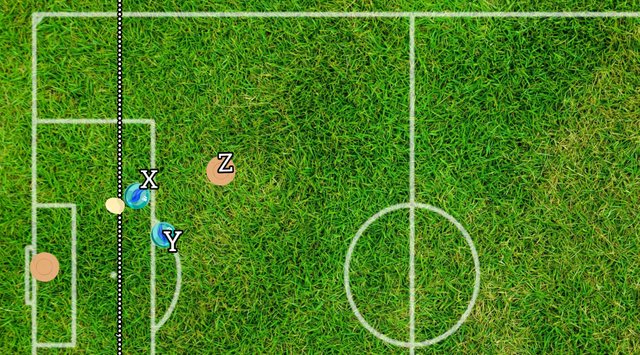The offside rule in the game of football
What makes a player offside
A good number of football fans do not really understand the "rules of engagement" in the game surrounding the offside position. But it's also a lot of fun when watching football with a crowd containing some who do not really understand the rules and for that reason they often see fault with the lines man. This often ignites the argument that makes watching football with others great fun.
Why the offline rule
This rule is meant to prevent a player from having to wait for the ball in a position that gives him too much advantage without being noticed while play is on at the other side of the field.
What triggers the Offside
The offside position is calculated at the moment the ball is passed. This has often created some confusion among viewers. If a player was not offside at the point when the ball was passed, he can run in and receive the ball in a position that would have been considered offside but because he was not offside when the ball was passed, then he is not offside.
Offside due to positioning
A player will be declared offside if at the point a pass was directed to him, there was less than two opposing players between him and the goal line.
Note that the goal keeper is included.
Striker "X" must not cross the defensive line created by "Z" before "Y" should make the pass to him, if that should happen, "X" will be declared offside if apass is sent to him.
Ignored Offside Position
The player in the offside position will only be penalized if he engages or interrupts active play. If a player is in an offside position and his teammates do not involve him in the build up that leads to a goal, such a goal will be recognized if the offside player did not get involved by blocking an opposing player.
- Your hand, feet or head alone can place you in an offside position. Your whole body doesn't necessarily have to be involved.
Taking the ball into the offside position
If a player dribbles pass all the defensive line with the ball, he will not be termed offside if such dribbling has reduced the number of defenders between him and the goal line to one (the goalkeeper). If he should also dribble pass the goalkeeper, he is still onside and can score an acceptable goal.
- if two players should play one-two across the defensive line, and only has the goalkeeper as the only defense before the goal line. At this point, the ball becomes the offline indicator. The second player in the one-two formation must not run ahead of the ball.
After dribbling pass diffender"Z" the ball becomes the offside marker, "Y"must not cross the line created by the ball before "X" should make the pass to him, if that should happen, "Y" will be declared offside.
Offside Exceptions
A player can not be offside in his own half of the field during play.
When the ball is put into play from a goal-kick position, regardless of where the player receive such a ball, he can not be offside. The same applies to the first player to receive the ball from a corner-kick or a throw-in
If a player is in a position that would normally be an offside position, but the ball coming to him is from the opponent goalkeeper or bounced off a player from the opposing team, he is free score at such an instance
Conclusion
There may be at least one of this rules you did not know, but I wish you will agree with me that knowing so much about all this rules and exceptions takes away some of the fun from the game because you will be having too many thing to watch out for.



Hello @kufres, #sport should be one of your first four tag not the last tag
Keep on sharing quality content with us in the community
I have made the correction.
Thanks